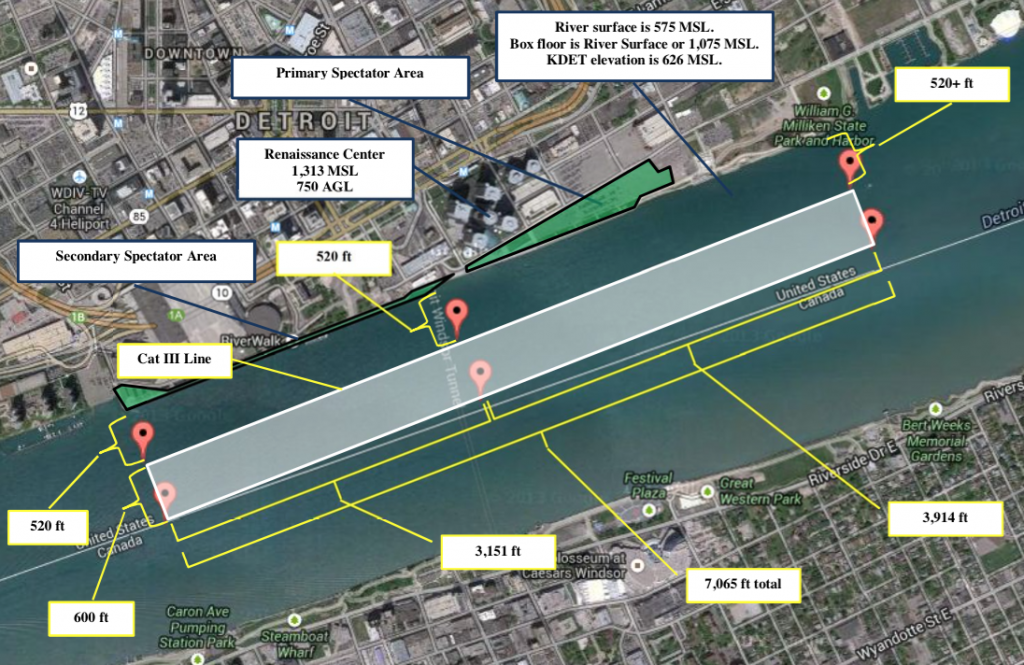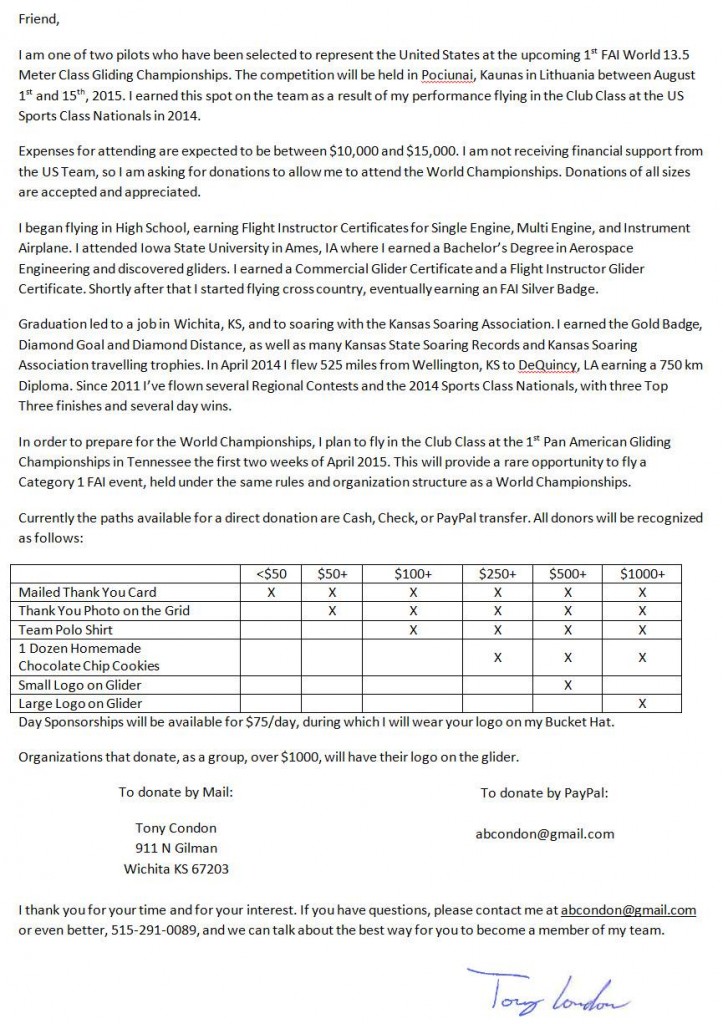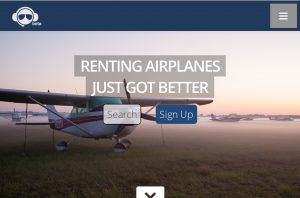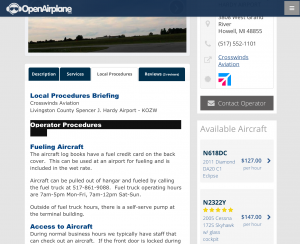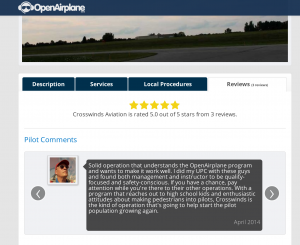These are the show notes to an audio episode. You can listen to the show audio here:
Better yet, subscribe to Airspeed through iTunes or your other favorite podcatcher. It’s all free!
We’re deep in the process of trying to bring a full-up airshow to the Detroit riverfront and we’re giving you an inside look at the process. In this episode, Other People’s Airplanes producer and host, David Allen, takes over the host mic so that Steve can talk about the process so far.
You can follow along, too, by reading the waiver application. Just click the image above to see the very PDF file that went to the FAA this week.
Nobody takes you deeper inside airshows than Airspeed. Not content to watch them or even to fly in them, we’re actually putting together our own and you have a seat at the table for all of the planning, training, and excitement. Stay tuned!
